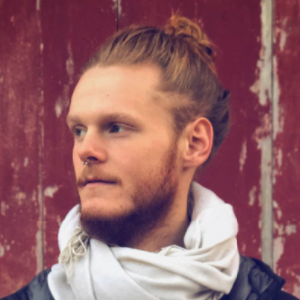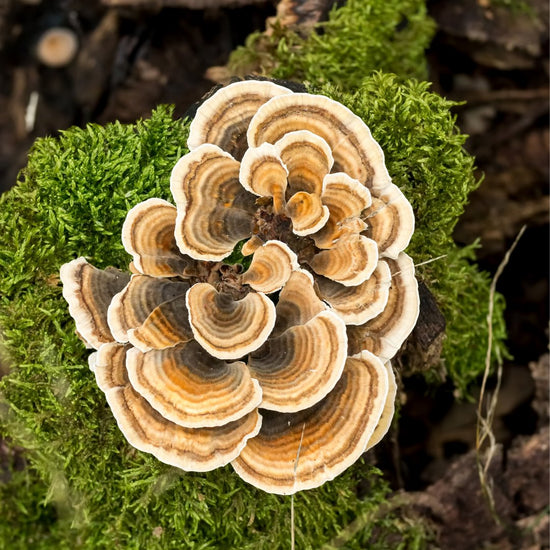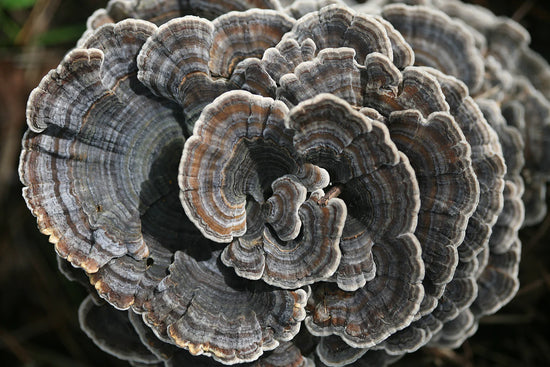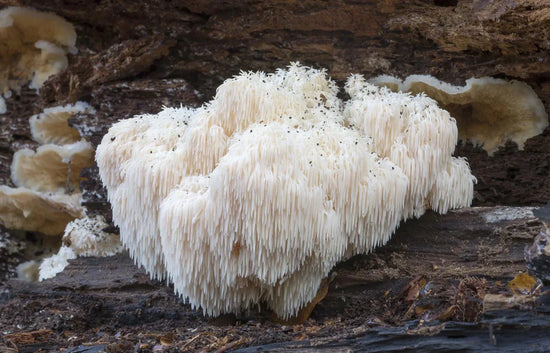The History of Psilocybin: Magic Mushroom Use Through the Ages
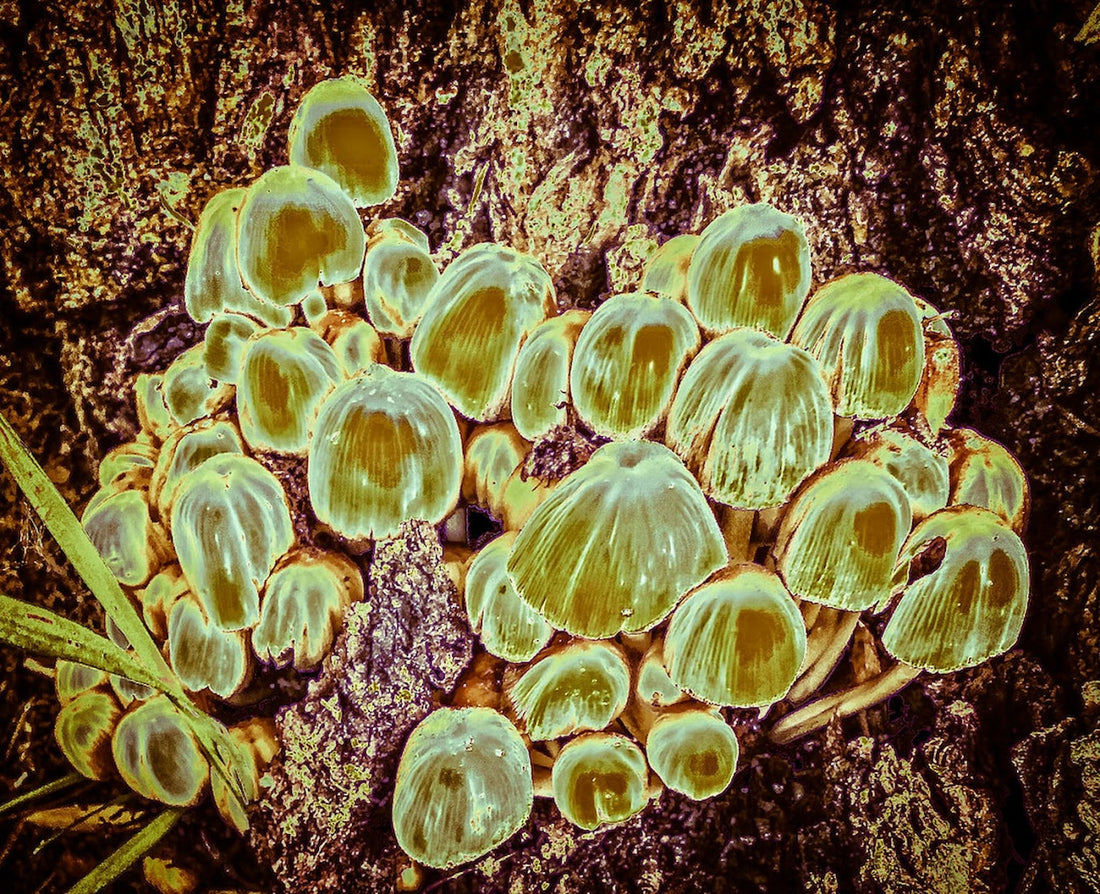
Just like the psychedelic trips it creates, the history of psilocybin has been a long and winding journey. From its use in religious rituals in ancient civilizations to its rise to stardom in the counterculture movement. From breakthrough scientific research to the dark ages of magic mushrooms; the history of psilocybin in many ways mirrors human history.
This complete guide features the full sometimes magical, sometimes tragic, and sometimes inspiring history of psilocybin.
The History of Psilocybin From Ancient Times to Modern Uses
Psilocybin is the primary chemical agent behind the psychedelic effects of magic mushrooms. It has been used for thousands of years, for ritual, religious, medicinal, and recreational reasons.
Prehistoric Psilocybin
How long have humans been using psilocybin? Well, how long have we existed?
Magic mushrooms have been used since the birth of civilization 12,000 years ago, and possibly were even used before then.
The earliest evidence of magic mushroom use is a mural that was found in Northern Australia which depicts mushrooms and psychedelic illustrations. Archeologists have dated it back to 10,000 BCE. Rock paintings in Spain suggest magic mushrooms were around prehistoric people in Europe in 4,000 BCE.
Some scientists argue that it can be assumed humans have been consuming psilocybin since our brains developed and we became evolutionary distinct. This is in part because other species, like dolphins, reindeer, and jaguars, seek out and consume psychedelic substances. Also, psilocybe mushrooms are not only available but common, on every continent.
Ethnobotanist and psychonaut Terence McKenna even argued that shrooms may have expedited human evolution, by creating a state of hyperconnectivity between brain networks, doubling the size of human brains, enabling technological innovations, and sparking ideas like religion and language.
Psilocybin in Central America
The ancient civilizations that most famously used psilocybin were in Central America. There is a lot of indigenous artwork in Central America that depicts mushrooms as a means of communicating with the gods.
In the Nahuatl language, which was used by Mayan and Aztec people, magic mushrooms were called Teonanácatl, which translates to “flesh of the gods.” Aztec Mayan and Toltec religious myths frequently mention mushrooms, stating that they were given to their ancestors by the serpent god who created all life.
 Because of this, psilocybin was used in religious and spiritual ceremonies for divination, healing, anesthetizing pain, and celebrations. Their use can be traced as far back as 1,500 BCE.
Because of this, psilocybin was used in religious and spiritual ceremonies for divination, healing, anesthetizing pain, and celebrations. Their use can be traced as far back as 1,500 BCE.
It wasn’t just psilocybin that Central Americans used for these rituals though. They also used peyote, morning glory seeds, and Salvia divinorum for sacred rituals.
When the Spanish brutally conquered indigenous American people they outlawed rituals involving psychedelic materials, labeling them barbaric and against the Catholic church.
Because of this, sacred rituals that involved magic mushrooms had to become an underground practice.
The Ancient History of Psilocybin
Psilocybin wasn’t just in Central America in ancient times, it was taking the whole world by a storm.
Siberia and Magic Mushrooms
Indigenous tribes in Siberia used hallucinogenic mushrooms called Amanita Muscaria which, funnily enough, reindeer also commonly consume. These cultures still are known to collect and drink the psychoactive urine of said reindeer.

Siberians used the altered state created by these mushrooms to push themselves physically, enduring freezing cold temperatures through the dissociative effects.
Ancient Greece and Magic Mushrooms
In Ancient Greece, infamous ritual ceremonies that worshipped the goddess Demeter called the Eleusinian Mysteries, drank a psychoactive concoction that contained a mix of psychedelic mushrooms. The ceremonies were so secret that if you revealed details gained from them you could get the death penalty. Famous figures like Plato, Homer, and Aristotle attended them.
Ancient Egypt and Magic Mushrooms
Ancient Egyptians created numerous pieces of artwork that depict magic mushrooms. They dubbed them the “food of gods” and believed they were placed on the earth by the god Osiris. Because of how special they were, they were only consumed for religious reasons by priests and by the upper class.
The Scientists are Coming! Magic Mushrooms in Western Culture
In 1799 a British family unknowingly picked and ate numerous magic mushrooms from the banks of the Thames. It’s safe to say that what resulted was NOT the afternoon they initially had planned.
Because of this, in 1803 magic mushrooms were given the taxonomic classification Agaricus Semilanceatus which was changed in 1871 to Psilocybe Semilanceata.
Two ethnobotanists, Schultes and Reko, discovered psilocybin mushrooms were used by local doctors in Mexico and had a depressive effect on the nervous system. They published their findings in the Harvard University Botanical Museum Leaflets in 1939.
Gordon Wasson and his wife Valeria Wasson, upon hearing about the magic mushrooms traveled to Central America to learn more about them. Under the guidance of two local shamans, Don Aurelio and Maria Sabina, they tried psilocybin and were beyond impressed by its profound effects.
They published their findings in “Life” magazine in 1957, creating the term “magic mushrooms.” Albert Hoffman, who synthesized LSD, discovered and isolated the compounds psilocybin and psilocin from the samples Wasson sent him, creating synthetic versions that were sold by Sandoz Pharmaceuticals under the name Indocybin.
Wasson’s article inspired a Harvard professor named Timothy Leary to learn more about magic mushrooms and found the infamous Harvard Psilocybin Project with Dr. Richard Alpert. They acquired pharmaceutical-grade psilocybin from Sandoz and used it to conduct experiments with the goal of seeing how psilocybin could solve the emotional issues of humans.
Unfortunately, they chose to use students who felt “pressured” and prisoners who likely had no choice in their experiments. After they were put on trial, and then caught giving psychedelics to undergraduates, they were dismissed.
The War on Drugs: The Dark Ages of Magic Mushrooms
 In the 1960s psychedelics became an important symbol in the counterculture movement in the US and UK.
In the 1960s psychedelics became an important symbol in the counterculture movement in the US and UK.
Because of their rising popularity, and the disillusionment with “the system” that psychedelics caused, at the 1971 UN Convention on Psychotropic Substances psychedelics were banned.
In 1968 the US federally banned psilocybin. 2 years later it was labeled as a Schedule 1 drug along with cannabis and LSD.
Leveraging fears and fraudulent research, President Nixon passed the Controlled Substances Act in 1971 launching the extremely harmful War on Drugs.
Because of the ban, almost all research on the benefits of psilocybin for humans stopped.
Magic Mushroom Research Begins Again
For thirty years, until the late 1990s research on psilocybin was put on hold until The University of Zurich started conducting research in 1997. The study, which found that psilocybin increases brain activity, catalyzed research at other institutions.
It was found that psilocybin not only increases brain activity but may also be effective at treating numerous psychological conditions and chronic pain.*
These promising findings have led to a loosening of restrictions and the push for decriminalization and legalization across the country.
Like reading about the history of psilocybin? Want to learn more about the amazing world of fungi? Check out the Mushroom Revival Blog and Podcast. While microdosing psilocybin isn't legal everywhere yet, our products are! Leverage the power of functional mushrooms today by adding Mushroom Revival's capsules, tinctures, powders, or gummies to your wellness routine. For some incredible functional mushroom products (but no psilocybin), check out our shop!






